Getting Clean
6 years ago by
Ten years ago, if you told me Sephora had a clean beauty section, I would’ve rolled up expecting an aisle full of deodorants, body wash, and maybe some questionable feminine hygiene products. Of course green beauty existed, but organic beauty brands were still considered “quaint” and “niche,” while they battled it out with big cosmetic houses for both shelf space and respectability. Meanwhile, the rest of the market bloated itself on injectables, retinoids, light therapies and anti-ageing everything in a bid to look more Kardashian.
Oh, what a difference a decade makes. We can now be clean, green, vegan and non-toxic, all while having a 47-step skincare routine and weekly infared saunas. But just because you can, does it mean that you should? Is natural really better when it comes to beauty, or is it just another form of green-washing – albeit a perfectly manicured one? And are chemicals really the enemy, or are we all just so high on our green juices that we can’t see the forest for the hyperbole? Maybe just a little.
As Dr. Michelle Wong, PhD, founder of the science-based beauty site labmuffin.com notes, “none of these wellness terms (green, clean, natural) are actually well-defined… it’s really just another way to market products.” Here, she helps us understand what it all means, and weighs in on whether, from a scientific standpoint, natural really is best.
Aside from allowing me to give my rhyming skills a workout, this is the part where we break down those common marketing terms for you.
Natural: “This usually means that a product contains a substantial proportion of naturally-derived ingredients (ingredients that have been taken from nature, with little to no modification),” says Michelle. The problem with the word natural is that its use is not regulated, so it varies a lot between each brand – meaning one ingredient out of 20 could be natural, but they can still make the claim on the pack. As ingredients are listed from highest proportion to lowest, check the pack to see which of your ingredients is in fact natural, and how much of that natural ingredient is actually in the product.
Clean: Generally, brands with “clean” ranges mean that their product(s) are free from ingredients that the brand considers either harmful to your health or the environment. But, as Michelle says, there is a problem with that. “Every ingredient has a safe level, and every ingredient is harmful when used in excess, so there aren’t really any brands that have a scientifically accurate definition of ‘clean.’”
Non-toxic: Kind of like a cousin to clean beauty, non-toxic usually refers to products with “free-from” ingredients, but focusing more on health (rather than environment).
Green: On the flip side, Michelle says, “green usually means that a product does not contain ingredients that are harmful to the environment, either in acquiring the ingredient, or in terms of what the ingredient does after it’s washed off. There is a big trend of ‘green-washing,’ where brands are not entirely truthful about their products’ impacts on the environment.”
Chemical: Here’s where things get interesting. Because, although in mainstream beauty speak the term “chemical” is used to describe synthetic ingredients, Michelle offers this insight: “All ingredients are made of chemicals, including everything from nature…”
All ingredients are made of chemicals. Including everything from nature. We’re just going to leave that nugget with you for a moment. Because chemicals are meant to be inherently bad for you – right? And similarly, isn’t “natural” better and safer for your face? Herein lies one of the greatest misconceptions of the wellness trend, this underlying belief that natural is automatically better. “Even if you take the term ‘natural’ to mean ‘synthetic,’ synthetic substances are not automatically less safe than natural ingredients, and in fact this is often the opposite of reality,” says Michelle. In fact, some of the most toxic chemicals in the world are natural, and in skincare, a lot of “natural” ingredients can also have serious side effects. Like lemon peel oil for example, which causes phytophotodermatitis – a condition where blisters can form after sun exposure. Or, take essential oils, which are the darlings of many natural products, but which are also common irritants.
Then there are the synthetic ingredients that are actually moonlighting as “natural.” Things like, vitamin C, which Michelle notes is often synthetic in beauty products (just like other vitamins). Or, zinc oxide arguably one of the heroes of the “natural” sunscreen world, which is also synthetic. So why have they gotten such a bad rep? According to Michelle, it’s a little bit of human bias towards nature (because, what kind of animal doesn’t like nature?!)… And a little bit dodgy beauty history skewing our view. “There were also a number of chemicals in beauty and health that were harmful in the past, before regulations were stricter and we had more knowledge about how the body worked.”
So, where does that leave us? Well, hopefully just a teeny bit wiser when it comes to decoding this kind of beauty and wellness babble. But in terms of our faces, the choice to go clean or embrace synthetics is really up to you – and what works for your skin. For Michelle, however that choice is quite clear: “In my opinion, synthetic ingredients are almost always better than natural ingredients, especially for sensitive skin and for active ingredients for treating skin concerns like acne and aging.” Science has spoken.



























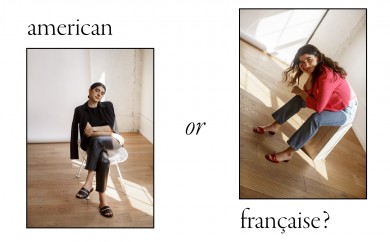
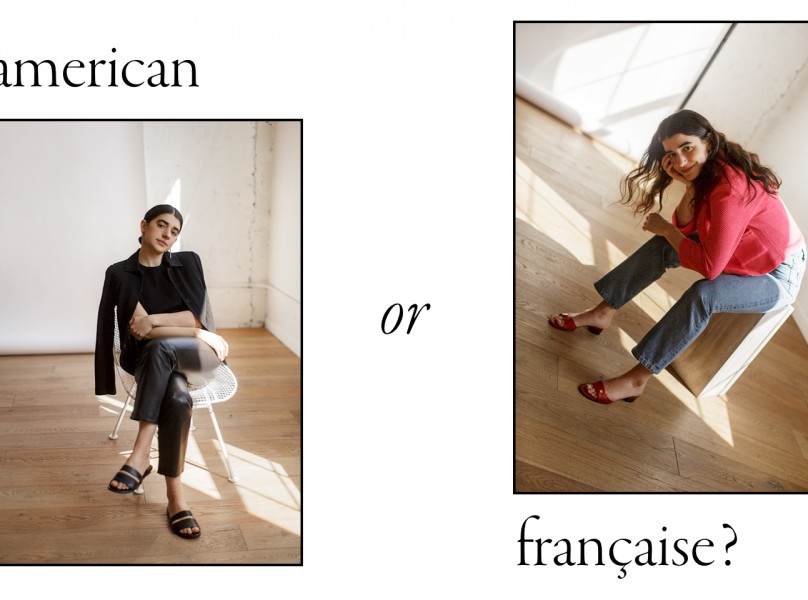
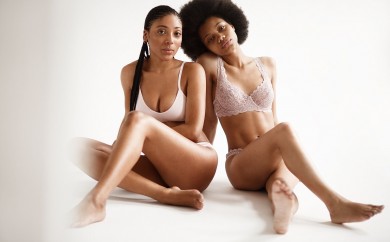
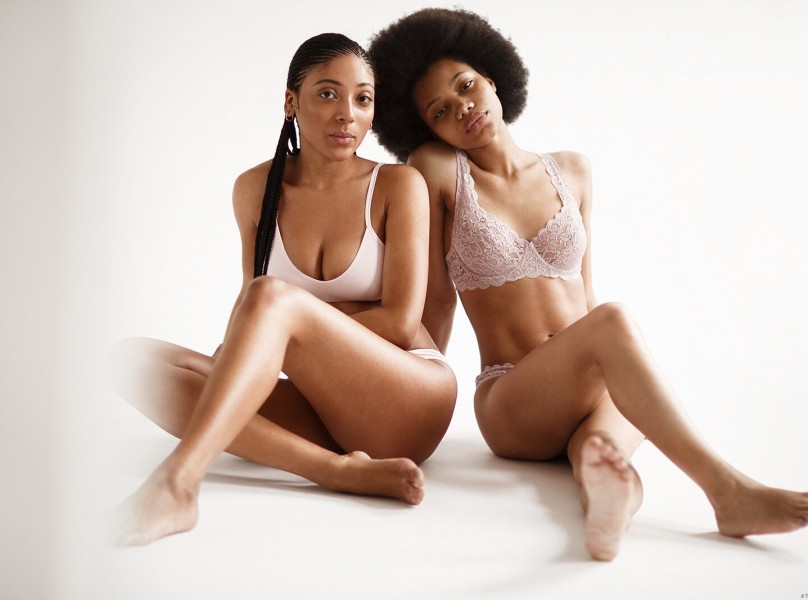




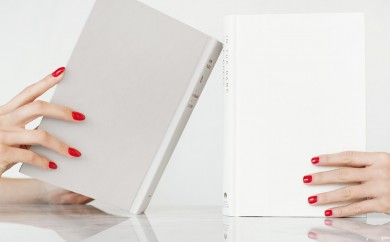



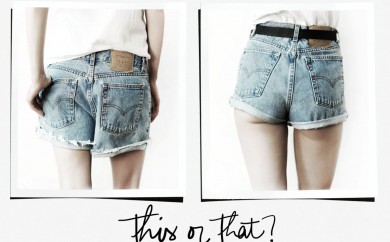
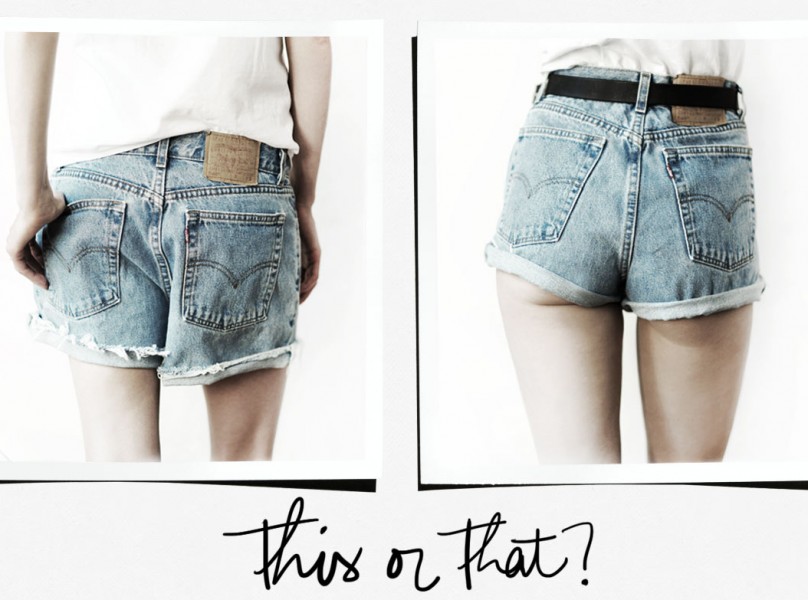


















I always enjoy the content on Lab Muffin, and I have to agree with Dr. Wong re: synthetic ingredients. I have Rosacea, coupled with the ever-challenging Polymorphic Light Eruption, and after years of embracing essential oil and oil-based products, my derm put a cold stop to that. Since then, Bioderma, Vanicream and Aveeno products have restored my skin. For example, I break out with pure Shea Butter, bu dimethicone helps keep my skin from itching. I still use essential oils, but in scented candles or lavender oil on my pillow, or maybe a nicely-scented hand soap that washes off quickly.
So it’s great for folks who can use more “natural” products, and more power to them. But not all of us have that choice, so I’m glad for the synthetic ingredients that help me maintain my skin’s health.
In America, we put the comma INSIDE the quotation marks, in all cases.
Hi Sarah! Although we are an American based media company we reach and pull from a global audience. So yes, American writers do put commas inside the quotation marks but this regular contributing freelancer is an Australian beauty so we chose to keep her quotations to the Australian format. Much like when a British contributor spells color, ‘colour,’ we also choose to keep their spelling. x Veronica
I always say when they try to sell me natural products: “Poison is natural too!” ;-P
I had a wonderful face oil pure natural but after a while my eyes reacted. I have extreme allergic skin, eyes and lungs and extreme hayfever so there you go with natural! (if it is natural)
Pour ma part : après avoir testé un nombre incalculable de produits synthétiques pendant près de 20 ans jusqu’à switcher pour le naturel il y a maintenant 5 ou 6 ans, il faudrait désormais user de menaces à mon intégrité physique pour que je ne me tartine ne serait-ce que le bout du nez avec une crème synthétique. J’ai obtenu, et obtiens encore, une amélioration constante de ma peau depuis que je l’ai greenifiée à l’extrême. Alors oui, ingrédients naturels n’équivaut pas à zéro risque (certains peuvent être trop actifs, ou encore irritants/allergènes, mais tout comme les produits synthétiques) mais une fois que l’on connaît mieux sa peau et que l’on sait ce qu’elle supporte ou non, alors, là, il n’y a, je le pense, que du bénéfice à opter pour le naturel. Selon mon expérience, les produits synthétiques n’ont, au mieux, eu aucune incidence sur ma peau et, au pire, ont généré des problèmes dont j’ignorais l’existence jusqu’alors. Sans parler des imperfections (boutons, pores obstrués etc.). Constantes avec les produits synthétiques. Rarissimes avec les produits naturels. Alors oui, il faut faire du tri dans le naturel (pas davantage que dans le synthétique ceci dit) mais surtout, il y a de vrais résultats. Visibles. A l’oeil nu. Ma peau mixte, déshydratée à imperfections est désormais normale et ce, depuis quasiment le début de mes premiers pas dans la green beauty sphère. Alors “la science a parlé”. Euh peut-être (pouvons-nous quand même vérifier les partenariats de marque de ces dermatos ? Juste comme ça, pour info). Mais ma peau a clairement parlé aussi.
I get perioral dermatitis (PD) which often flares up on my chin along with rosacea. I find the non-toxic makeup/ skincare helps sometimes – but not always! I cannot wear synthetic foundations. Before the PD I was able to wear brands like Revlon/ makeup forever/ Loreal.
Since having PD the only foundations I can wear without a breakout are non-toxic brands like Inika and RMS. “Regular” eyeshadow and mascara etc doesn’t seem to bother my skin. But some lipsticks cause lip sores eg. Mac. I tend to be a sensitive/ allergic type person but have found workarounds. Simple is best with my kind of skin. Eg. wash once per day (night time) with a muslin cloth and milk cleanser/ moisturiser. In the morning I just use water/ the cloth and some spf (avoiding the PD!)
En effet, tout notre environnement est chimique: l’eau que nous buvons, l’air que nous respirons, chaque atome de notre corps.
La tendance actuelle tends à corriger les excès du passé. Mais nous vivons dans un monde complexe et sans culture scientifique, il faut éviter de devenir manichéen, quitte à devenir la proie de campagnes marketing bien menées. La toxicité est souvent question de dosage, pas de la substance en elle-même. Dans l’antiquité romaine, les femmes se fardaient le teint en blanc avec des produits à base de plomb!!!
L’idée reçue que tout ce qui est naturel est meilleur que ce qui est chimique est à mettre en parallèle avec l’idée que le mot radioactif c’est le MAL. Or en France, toutes les maisons en granit de Bretagne, du Limousin, de la Creuse… sont radioactives. Et aussi, si les archéologues emploient le Carbone 14 pour dater les restes humains et végétaux vieux de plusieurs dizaines de milliers d’années, c’est parce que c’est un marqueur radioactif dont le taux résiduel sert à indiquer la date de vie des humains et végétaux.
A chacun(e) son expérience personnelle avec le skincare, si elle est positive, peu importe que les produits soient verts ou pas. Seul importe le résultat. Ah oui, une note de fin: je souhaite bien du courage aux personnes qui se font tatouer avec des produits ‘naturels’…